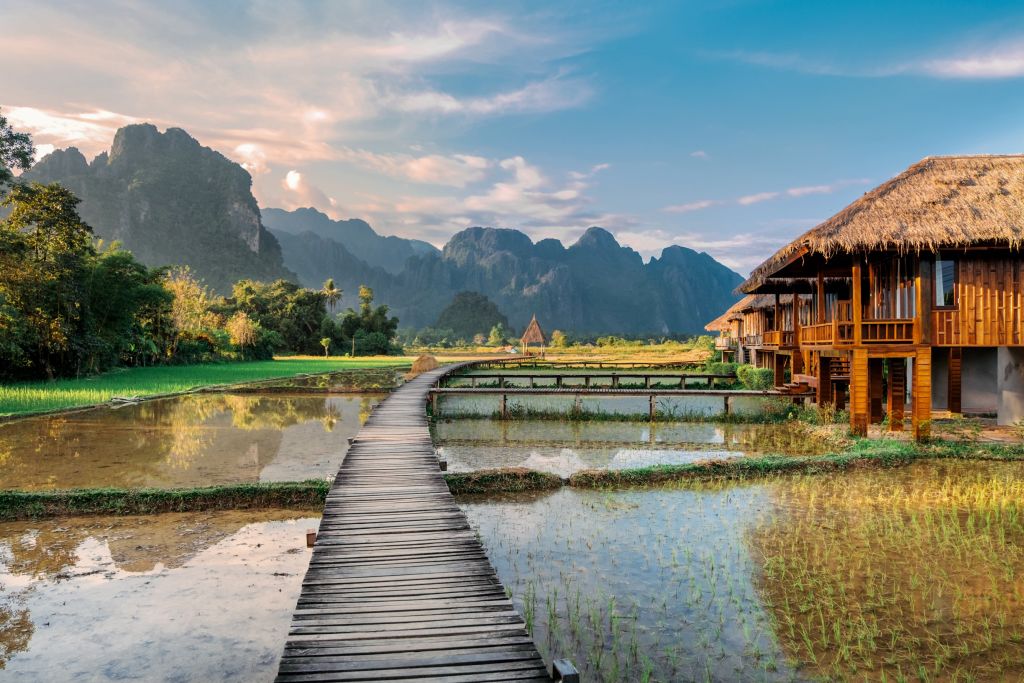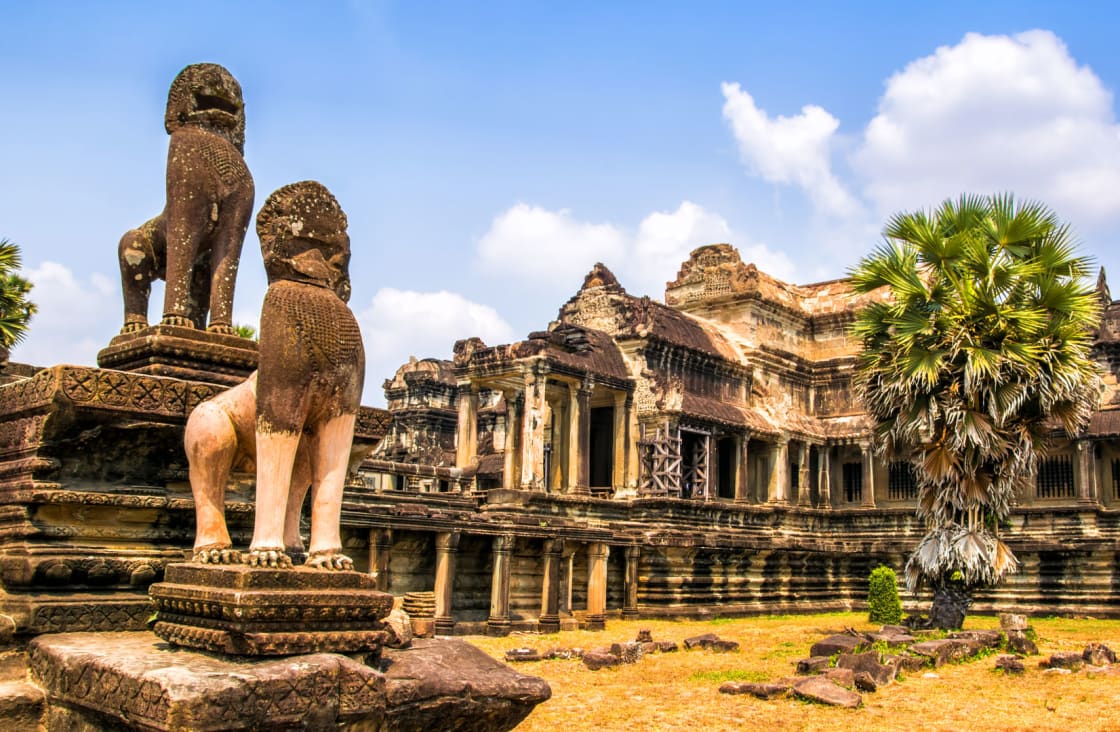Traveling to Thailand: Navigating the Weather and Essential Preparations
22-08-2024
Thailand, a captivating destination known for its stunning beaches, vibrant cities, and rich cultural heritage, attracts millions of travelers each year. To make the most of your visit, it's important to understand Thailand's weather patterns and prepare accordingly. This guide will help you pack smartly and plan your activities around the country's diverse climate.
Thailand has a tropical climate with three distinct seasons: the hot season, the rainy season, and the cool season. Each season brings unique weather conditions that can influence your travel plans.
The hot season in Thailand, from March to June, is characterized by extremely hot and dry conditions. Temperatures can soar to 40°C (104°F) in some areas, with high humidity making it feel even hotter. This season is perfect for beach lovers who want to soak up the sun, but it’s crucial to be prepared for the heat.
During the hot season, southern Thailand’s beaches and islands, like Phuket and Koh Samui, are at their best. The Andaman Sea and the Gulf of Thailand offer clear waters and excellent conditions for swimming, snorkeling, and diving. However, the intense heat can be exhausting, so it's important to plan activities during the cooler parts of the day, such as early morning or late afternoon. The hot season is also a time for festivals like Songkran, the Thai New Year, celebrated in mid-April. This festival involves water fights and can be a fun way to cool down.
The rainy season, from July to October, brings frequent rain showers and high humidity. While this might seem like a deterrent, the rainy season has its advantages. The rains rejuvenate the landscape, turning it into a lush, green paradise. There are fewer tourists, which means more peaceful experiences and lower prices.
The average temperature during the rainy season ranges from 24°C to 32°C (75°F to 90°F). Rain showers can be heavy but are usually short, leaving plenty of time for exploration. The northern regions, such as Chiang Mai and Chiang Rai, are particularly beautiful during this time, with their mountains and forests flourishing. The rain can bring a refreshing change to the otherwise hot and humid climate. Traveling during the rainy season also allows you to experience local life more authentically.
The cool season, from November to February, is the most popular time to visit Thailand. The weather is cooler and dry, with temperatures ranging from 20°C to 30°C (68°F to 86°F). This is the peak tourist season, so expect larger crowds and higher prices. However, the pleasant weather makes it an ideal time for outdoor activities and sightseeing.
During the cool season, the entire country is accessible, and outdoor activities are comfortable. Bangkok’s bustling streets, Chiang Mai’s mountain treks, and the southern beaches are all perfect for exploration. The cool mornings and evenings in the northern regions can be quite refreshing. This season is also the time for many festivals, such as Loi Krathong and the Chiang Mai Flower Festival, which offer unique cultural experiences.
Pack lightweight, breathable fabrics like cotton and linen to stay cool. These materials allow your skin to breathe and help wick away sweat. Opt for light-colored clothing to reflect the sun’s rays and keep you cooler. Don’t forget to bring a hat or cap to protect your head from the intense sun.
A reusable water bottle is crucial to stay hydrated in the heat. Staying hydrated is essential when dealing with high temperatures and the risk of dehydration. Choose a durable bottle that you can refill throughout the day. Some tourist areas have water refill stations, which are both convenient and environmentally friendly.
Sunglasses and hats will help shield you from the sun. The tropical sun can be intense, so high-quality sunglasses with UV protection are a must. A wide-brimmed hat can provide additional shade for your face and neck. Additionally, consider a UV-protective umbrella for portable shade.
High-SPF sunscreen is necessary to prevent sunburn. Apply sunscreen generously and regularly, especially if you’re spending a lot of time outdoors. Look for water-resistant options if you plan on swimming or sweating a lot. After-sun lotion can also be helpful in soothing any sunburn you might get.
Staying hydrated is essential due to the high temperatures. Carry a water bottle with you at all times and take regular sips. Dehydration can lead to heat exhaustion or heat stroke, which are serious conditions. It's also a good idea to carry electrolyte packets to replenish lost minerals.
Use insect repellent to protect against mosquitoes, especially in rural areas. Mosquito-borne diseases, such as dengue fever and malaria, can be a concern in some parts of Thailand. Repellent with DEET is effective, but natural alternatives like lemon eucalyptus oil can also work. Wear long sleeves and pants in the evening to further protect yourself from bites.
Lightweight, quick-drying clothes are ideal for the rainy season. Fabrics like nylon and polyester dry faster than cotton, which is important if you get caught in a downpour. Convertible pants that can be turned into shorts can be practical for variable weather.
A waterproof jacket or poncho will keep you dry during sudden downpours. A lightweight, breathable rain jacket can be a lifesaver during unexpected showers. Ponchos are another option that can be easily carried in your daypack. Additionally, pack a few extra clothes in waterproof bags to ensure you always have dry options. Waterproof footwear or sandals are suitable for wet conditions. Choose shoes that are comfortable for walking and can handle getting wet.
Accessories
Waterproof bags or pouches will protect your electronics and important documents from getting wet. These can be used to store your phone, camera, passport, and other valuables. Dry bags are also useful for keeping clothes and other items dry. Investing in a good quality waterproof backpack can also be beneficial.
Carry an umbrella or compact rain poncho for unexpected rain showers. A small, travel-sized umbrella can fit easily in your bag and provide quick protection from the rain. Ponchos are lightweight and can be quickly thrown on during a sudden downpour. Also, consider packing a microfiber towel for quick drying.
Be cautious of slippery surfaces and potential flooding. Rain can make roads and paths slippery, so take care when walking. Flash floods can occur, especially in rural areas, so stay informed about weather conditions and avoid low-lying areas during heavy rain. Always listen to local advice and avoid risky areas.
Regular use of insect repellent is important to avoid mosquito bites. Mosquito activity can increase during the rainy season, so apply repellent frequently and consider sleeping under a mosquito net if staying in rural areas. It's also wise to carry antihistamines in case of allergic reactions to bites.
Light layers for cooler mornings and evenings are essential. In northern Thailand, temperatures can drop significantly at night, so pack a light jacket or sweater. For daytime, comfortable clothes like t-shirts and jeans or lightweight pants are suitable.
Comfortable clothes for daytime activities are important. During the cool season, you can enjoy a wide range of outdoor activities without the discomfort of extreme heat or humidity. Athletic wear or activewear can be useful if you plan to hike or engage in other physical activities.
Jackets or sweaters for cooler temperatures in northern regions are a must. In places like Chiang Mai or Pai, nights and early mornings can be chilly. Layering is key to staying comfortable throughout the day.
Sunglasses and sunscreen for daytime are still necessary. Even though the weather is cooler, the sun can still be intense, especially in open areas. Protect your skin to avoid sunburn and long-term damage.
Lip balm and moisturizer to prevent dry skin are useful. The cooler, drier air can lead to chapped lips and dry skin. Regular application of moisturizer will keep your skin hydrated and comfortable.
Scarves or shawls for added warmth can be versatile accessories. They can be used for additional warmth in the evenings or as a cover-up when visiting temples. Lightweight scarves can also protect against sun and dust.
Staying hydrated in dry weather is important. The cooler weather might not make you feel as thirsty, but it’s still crucial to drink plenty of water. Carry a water bottle and sip regularly throughout the day.
Using insect repellent in rural areas remains important. Even in the cool season, mosquitoes can be present, especially in areas with water. Protect yourself to prevent bites and potential diseases.
Ensure you have your passport, visa, and copies of important documents. Keep digital copies stored securely online or in your email as a backup. A waterproof document holder can keep your passport and other important papers safe.
Carry local currency (Thai Baht) and/or credit cards. ATMs are available in major cities, but it’s always good to have some cash on hand for smaller towns and rural areas. Inform your bank of your travel plans to avoid any issues with card usage.
A basic first-aid kit with essentials like band-aids, antiseptic cream, and any personal medications is important. Include items like pain relievers, motion sickness tablets, and any prescription medications you need. Consider adding travel-specific items like blister pads for hiking.
Bring an adapter for Thai power outlets (Type A, B, and C plugs). Universal adapters are convenient for international travel. Make sure your electronics can handle 220V if coming from a country with a different voltage.
A power bank is useful for charging devices on the go. Power outages can occur, especially during the rainy season, so having a backup power source is handy. Choose a power bank with multiple charges for extended reliability.
A camera or smartphone is necessary for capturing the beauty of Thailand. Make sure you have plenty of memory and consider bringing a waterproof case if you plan on taking photos in wet conditions. Don’t forget extra batteries or a portable charger.
Understanding Thailand’s weather and preparing accordingly is crucial for a comfortable and enjoyable trip. Each season offers unique experiences, from the sunny days of the hot season to the lush landscapes of the rainy season and the pleasant cool season. Embrace the opportunities each season brings and enjoy the diverse beauty of Thailand.
Whether you're exploring ancient temples, relaxing on tropical beaches, or immersing yourself in the vibrant culture, being well-prepared will enhance your travel experience. Share your own tips and experiences traveling in Thailand in the comments below.
By following this guide, you’ll be ready to make the most of your Thai adventure, no matter the season. Safe travels!
Thailand has a tropical climate with three distinct seasons: the hot season, the rainy season, and the cool season. Each season brings unique weather conditions that can influence your travel plans.
Hot Season (March to June)
The hot season in Thailand, from March to June, is characterized by extremely hot and dry conditions. Temperatures can soar to 40°C (104°F) in some areas, with high humidity making it feel even hotter. This season is perfect for beach lovers who want to soak up the sun, but it’s crucial to be prepared for the heat.
During the hot season, southern Thailand’s beaches and islands, like Phuket and Koh Samui, are at their best. The Andaman Sea and the Gulf of Thailand offer clear waters and excellent conditions for swimming, snorkeling, and diving. However, the intense heat can be exhausting, so it's important to plan activities during the cooler parts of the day, such as early morning or late afternoon. The hot season is also a time for festivals like Songkran, the Thai New Year, celebrated in mid-April. This festival involves water fights and can be a fun way to cool down.
Rainy Season (July to October)
The rainy season, from July to October, brings frequent rain showers and high humidity. While this might seem like a deterrent, the rainy season has its advantages. The rains rejuvenate the landscape, turning it into a lush, green paradise. There are fewer tourists, which means more peaceful experiences and lower prices.
The average temperature during the rainy season ranges from 24°C to 32°C (75°F to 90°F). Rain showers can be heavy but are usually short, leaving plenty of time for exploration. The northern regions, such as Chiang Mai and Chiang Rai, are particularly beautiful during this time, with their mountains and forests flourishing. The rain can bring a refreshing change to the otherwise hot and humid climate. Traveling during the rainy season also allows you to experience local life more authentically.
Cool Season (November to February)
The cool season, from November to February, is the most popular time to visit Thailand. The weather is cooler and dry, with temperatures ranging from 20°C to 30°C (68°F to 86°F). This is the peak tourist season, so expect larger crowds and higher prices. However, the pleasant weather makes it an ideal time for outdoor activities and sightseeing.
During the cool season, the entire country is accessible, and outdoor activities are comfortable. Bangkok’s bustling streets, Chiang Mai’s mountain treks, and the southern beaches are all perfect for exploration. The cool mornings and evenings in the northern regions can be quite refreshing. This season is also the time for many festivals, such as Loi Krathong and the Chiang Mai Flower Festival, which offer unique cultural experiences.
What to Prepare for the Hot Season
Clothing
Pack lightweight, breathable fabrics like cotton and linen to stay cool. These materials allow your skin to breathe and help wick away sweat. Opt for light-colored clothing to reflect the sun’s rays and keep you cooler. Don’t forget to bring a hat or cap to protect your head from the intense sun.
Accessories
A reusable water bottle is crucial to stay hydrated in the heat. Staying hydrated is essential when dealing with high temperatures and the risk of dehydration. Choose a durable bottle that you can refill throughout the day. Some tourist areas have water refill stations, which are both convenient and environmentally friendly.
Sunglasses and hats will help shield you from the sun. The tropical sun can be intense, so high-quality sunglasses with UV protection are a must. A wide-brimmed hat can provide additional shade for your face and neck. Additionally, consider a UV-protective umbrella for portable shade.
High-SPF sunscreen is necessary to prevent sunburn. Apply sunscreen generously and regularly, especially if you’re spending a lot of time outdoors. Look for water-resistant options if you plan on swimming or sweating a lot. After-sun lotion can also be helpful in soothing any sunburn you might get.
Health and Safety
Staying hydrated is essential due to the high temperatures. Carry a water bottle with you at all times and take regular sips. Dehydration can lead to heat exhaustion or heat stroke, which are serious conditions. It's also a good idea to carry electrolyte packets to replenish lost minerals.
Use insect repellent to protect against mosquitoes, especially in rural areas. Mosquito-borne diseases, such as dengue fever and malaria, can be a concern in some parts of Thailand. Repellent with DEET is effective, but natural alternatives like lemon eucalyptus oil can also work. Wear long sleeves and pants in the evening to further protect yourself from bites.
What to Prepare for the Rainy Season
Clothing
Lightweight, quick-drying clothes are ideal for the rainy season. Fabrics like nylon and polyester dry faster than cotton, which is important if you get caught in a downpour. Convertible pants that can be turned into shorts can be practical for variable weather.
A waterproof jacket or poncho will keep you dry during sudden downpours. A lightweight, breathable rain jacket can be a lifesaver during unexpected showers. Ponchos are another option that can be easily carried in your daypack. Additionally, pack a few extra clothes in waterproof bags to ensure you always have dry options. Waterproof footwear or sandals are suitable for wet conditions. Choose shoes that are comfortable for walking and can handle getting wet.
Accessories
Waterproof bags or pouches will protect your electronics and important documents from getting wet. These can be used to store your phone, camera, passport, and other valuables. Dry bags are also useful for keeping clothes and other items dry. Investing in a good quality waterproof backpack can also be beneficial.
Carry an umbrella or compact rain poncho for unexpected rain showers. A small, travel-sized umbrella can fit easily in your bag and provide quick protection from the rain. Ponchos are lightweight and can be quickly thrown on during a sudden downpour. Also, consider packing a microfiber towel for quick drying.
Health and Safety
Be cautious of slippery surfaces and potential flooding. Rain can make roads and paths slippery, so take care when walking. Flash floods can occur, especially in rural areas, so stay informed about weather conditions and avoid low-lying areas during heavy rain. Always listen to local advice and avoid risky areas.
Regular use of insect repellent is important to avoid mosquito bites. Mosquito activity can increase during the rainy season, so apply repellent frequently and consider sleeping under a mosquito net if staying in rural areas. It's also wise to carry antihistamines in case of allergic reactions to bites.
What to Prepare for the Cool Season
Clothing
Light layers for cooler mornings and evenings are essential. In northern Thailand, temperatures can drop significantly at night, so pack a light jacket or sweater. For daytime, comfortable clothes like t-shirts and jeans or lightweight pants are suitable.
Comfortable clothes for daytime activities are important. During the cool season, you can enjoy a wide range of outdoor activities without the discomfort of extreme heat or humidity. Athletic wear or activewear can be useful if you plan to hike or engage in other physical activities.
Jackets or sweaters for cooler temperatures in northern regions are a must. In places like Chiang Mai or Pai, nights and early mornings can be chilly. Layering is key to staying comfortable throughout the day.
Accessories
Sunglasses and sunscreen for daytime are still necessary. Even though the weather is cooler, the sun can still be intense, especially in open areas. Protect your skin to avoid sunburn and long-term damage.
Lip balm and moisturizer to prevent dry skin are useful. The cooler, drier air can lead to chapped lips and dry skin. Regular application of moisturizer will keep your skin hydrated and comfortable.
Scarves or shawls for added warmth can be versatile accessories. They can be used for additional warmth in the evenings or as a cover-up when visiting temples. Lightweight scarves can also protect against sun and dust.
Health and Safety
Staying hydrated in dry weather is important. The cooler weather might not make you feel as thirsty, but it’s still crucial to drink plenty of water. Carry a water bottle and sip regularly throughout the day.
Using insect repellent in rural areas remains important. Even in the cool season, mosquitoes can be present, especially in areas with water. Protect yourself to prevent bites and potential diseases.
General Packing Tips for Thailand
Essentials
Ensure you have your passport, visa, and copies of important documents. Keep digital copies stored securely online or in your email as a backup. A waterproof document holder can keep your passport and other important papers safe.
Carry local currency (Thai Baht) and/or credit cards. ATMs are available in major cities, but it’s always good to have some cash on hand for smaller towns and rural areas. Inform your bank of your travel plans to avoid any issues with card usage.
A basic first-aid kit with essentials like band-aids, antiseptic cream, and any personal medications is important. Include items like pain relievers, motion sickness tablets, and any prescription medications you need. Consider adding travel-specific items like blister pads for hiking.
Electronics
Bring an adapter for Thai power outlets (Type A, B, and C plugs). Universal adapters are convenient for international travel. Make sure your electronics can handle 220V if coming from a country with a different voltage.
A power bank is useful for charging devices on the go. Power outages can occur, especially during the rainy season, so having a backup power source is handy. Choose a power bank with multiple charges for extended reliability.
A camera or smartphone is necessary for capturing the beauty of Thailand. Make sure you have plenty of memory and consider bringing a waterproof case if you plan on taking photos in wet conditions. Don’t forget extra batteries or a portable charger.
Conclusion
Understanding Thailand’s weather and preparing accordingly is crucial for a comfortable and enjoyable trip. Each season offers unique experiences, from the sunny days of the hot season to the lush landscapes of the rainy season and the pleasant cool season. Embrace the opportunities each season brings and enjoy the diverse beauty of Thailand.
Whether you're exploring ancient temples, relaxing on tropical beaches, or immersing yourself in the vibrant culture, being well-prepared will enhance your travel experience. Share your own tips and experiences traveling in Thailand in the comments below.
By following this guide, you’ll be ready to make the most of your Thai adventure, no matter the season. Safe travels!
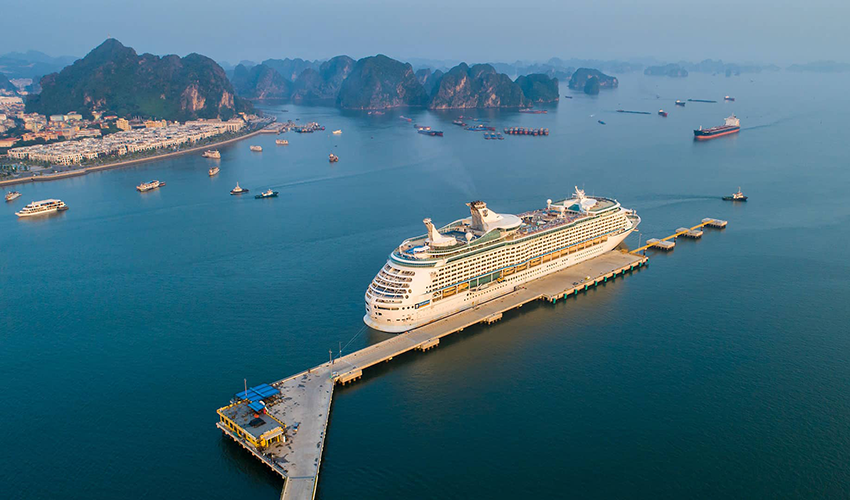
How to Choose the Best Shore Excursion Tour Package: A Practical Guide for Cruise Passengers

How Not to Be Late for Your Cruise: A Complete Guide for Shore Excursion Travelers in Vietnam & Thailand

Top 10 Most Beautiful Islands in Southeast Asia for Beach Lovers
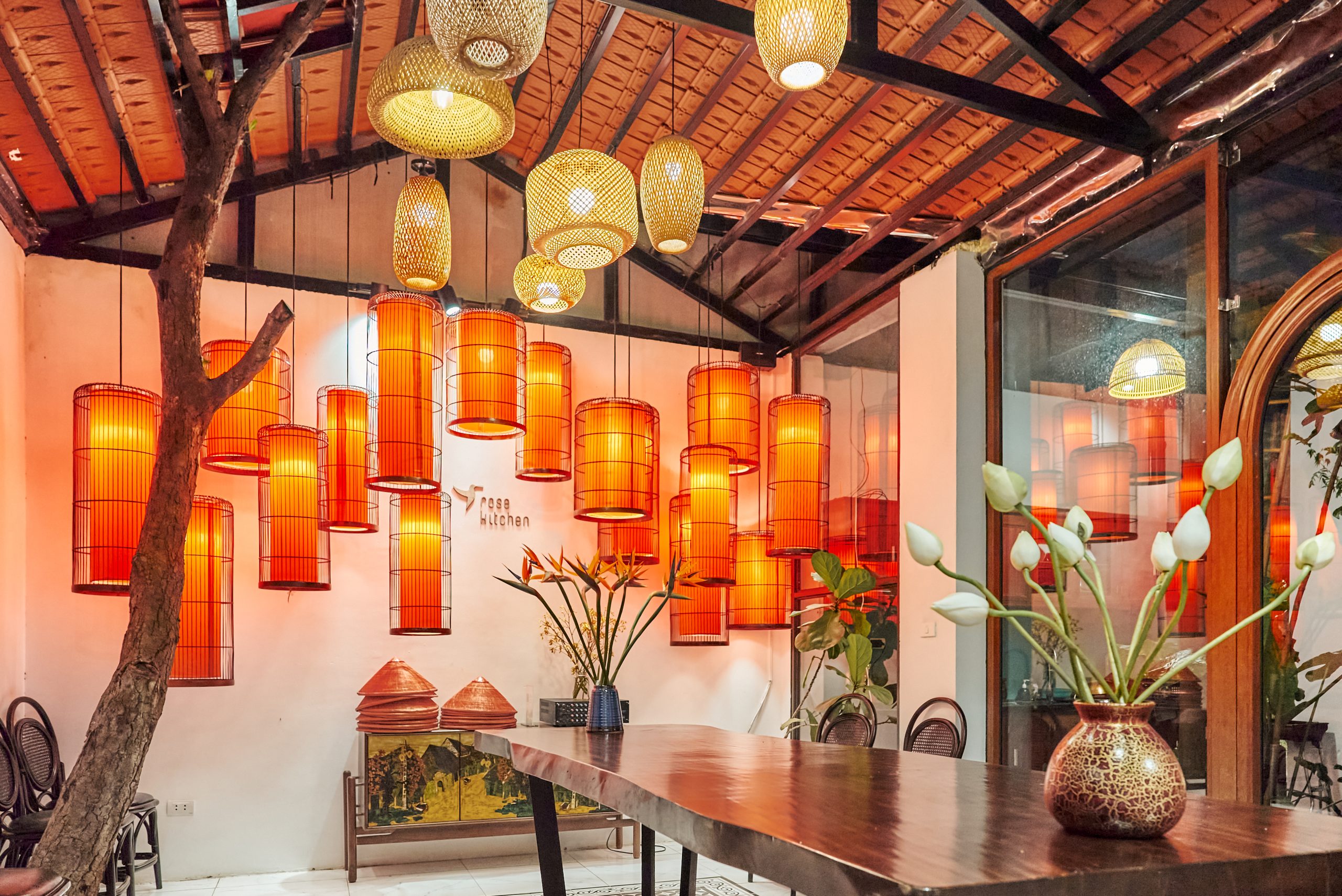
The Rise of Experiential Tourism: Travelers Now Prefer Direct Immersion Over Traditional Sightseeing

Vietnam’s Tourism Surge in 2024: Driving Growth and Innovation in the Post-Recovery Phase

A Culinary Journey Through Thailand: Exploring The Iconic Dishes Of Tom Yum, Pad Thai, And Green Curry
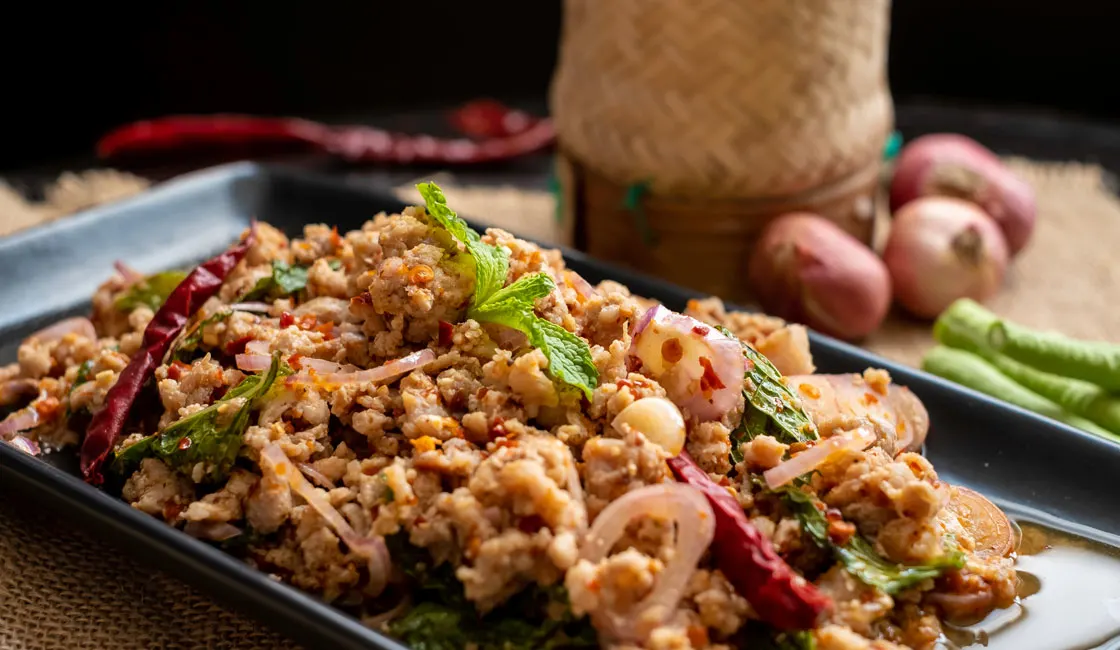
A Culinary Journey Through Laos: Traditional Dishes Larb, Khao Niaw, And Tam Mak Hoong
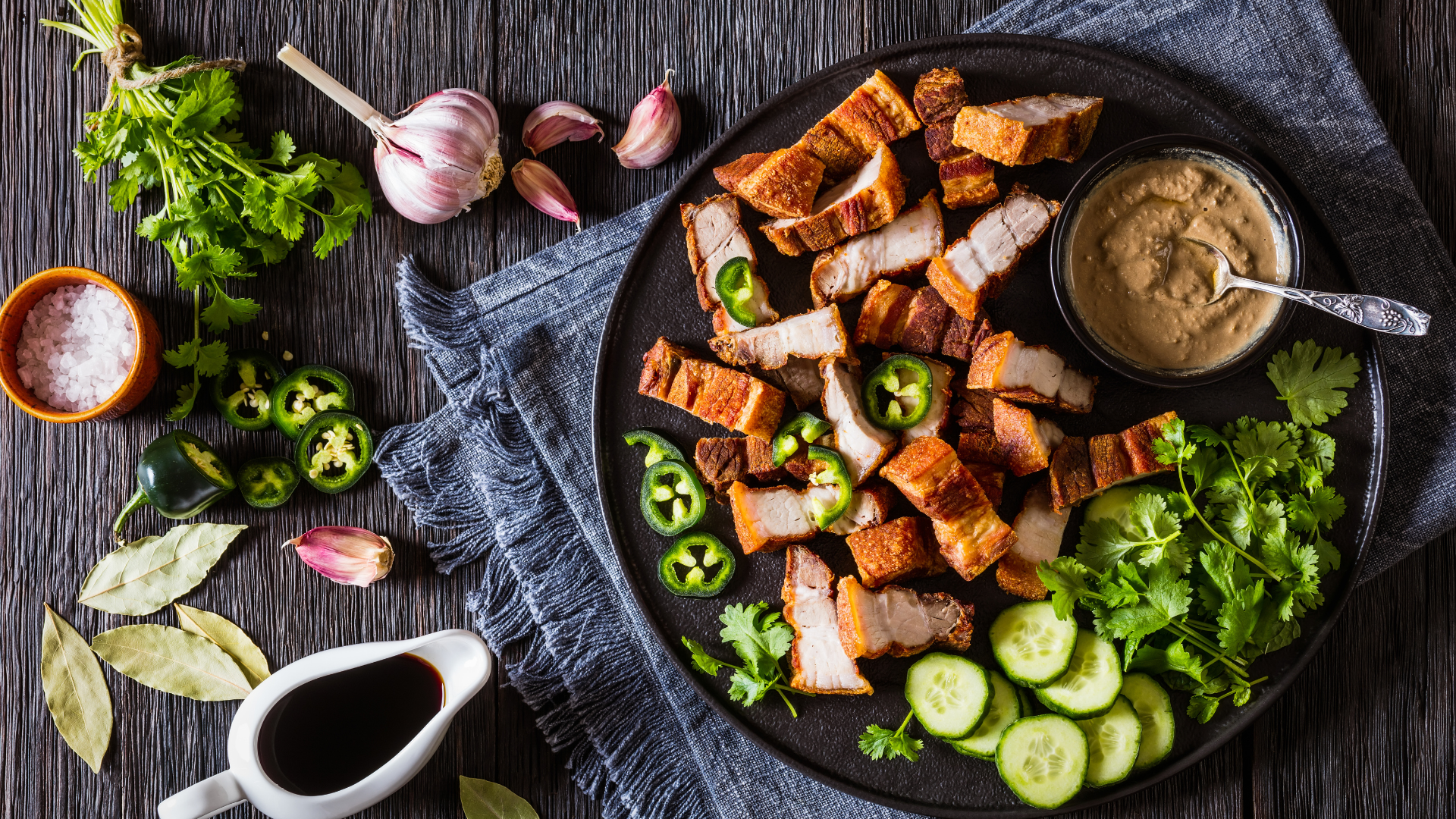
Discovering Cambodia’s Culinary Treasures: Amok, Bai Sach Chrouk, And Samlor Korko
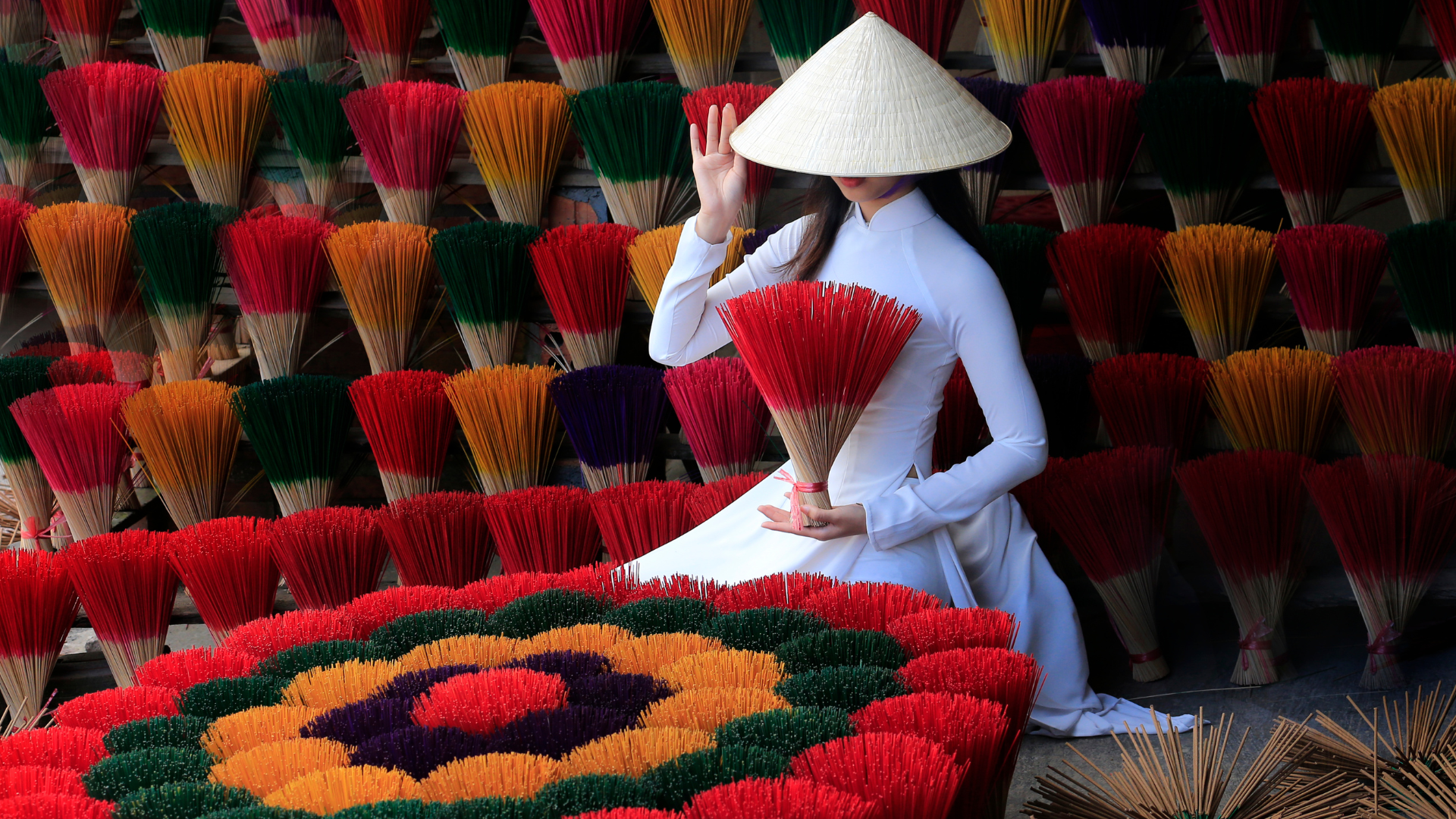
The Timeless Elegance of Áo Dài Việt Nam

Discovering Cambodia’s Culinary Treasures: Amok, Bai Sach Chrouk, And Samlor Korko
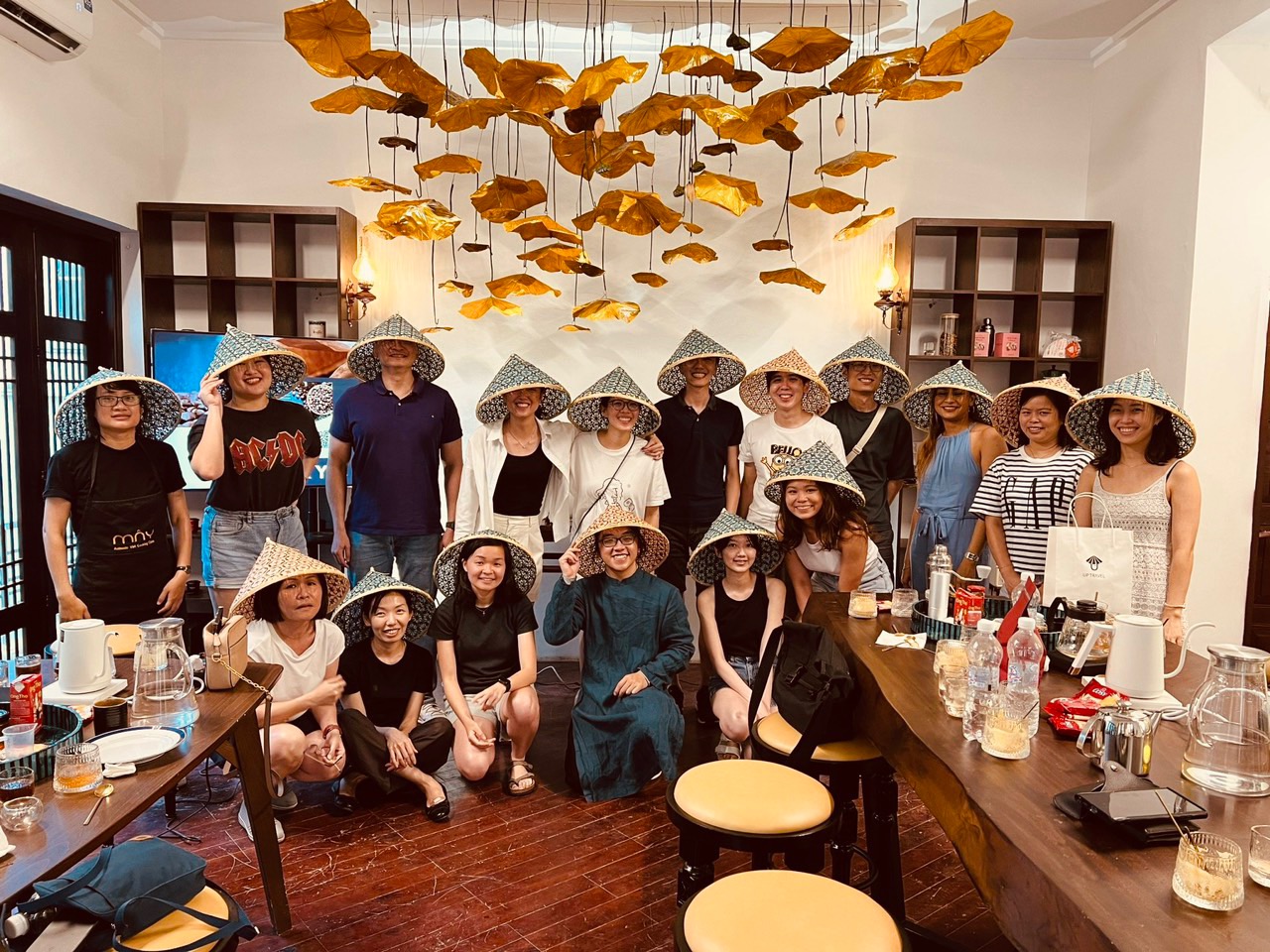
Su Quan Roastery Wins Traveler’s Choice Award 2024: A Journey of Excellence in Coffee Craftsmanship

Festivals in Laos: A Celebration of Culture and Traditions
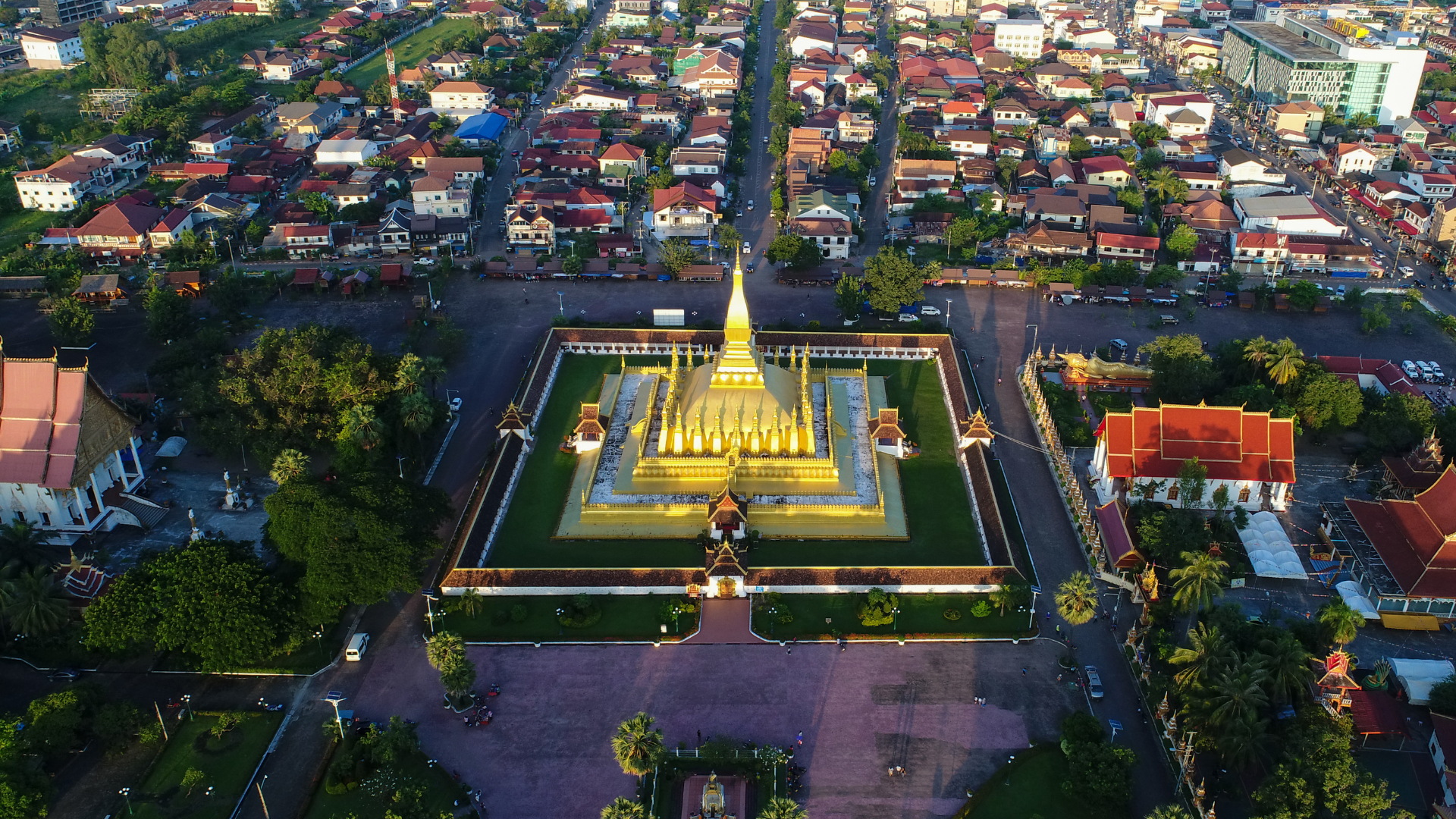
Experience Laos at Its Finest: A Comprehensive Seasonal Travel Guide

A Guide to Transportation in Cambodia: Navigating the Kingdom of Wonder

Seasonal Guide to Cambodia: When to Go for the Best Experience

Exploring Transportation Options in Thailand: Your Ultimate Guide

Visa And Entry Requirements For Traveling Thailand

Best Time To Visit Viet Nam

A Culinary Journey Through Thailand: Exploring The Iconic Dishes Of Tom Yum, Pad Thai, And Green Curry

Discovering Cambodia’s Culinary Treasures: Amok, Bai Sach Chrouk, And Samlor Korko

A Culinary Journey Through Laos: Traditional Dishes Larb, Khao Niaw, And Tam Mak Hoong
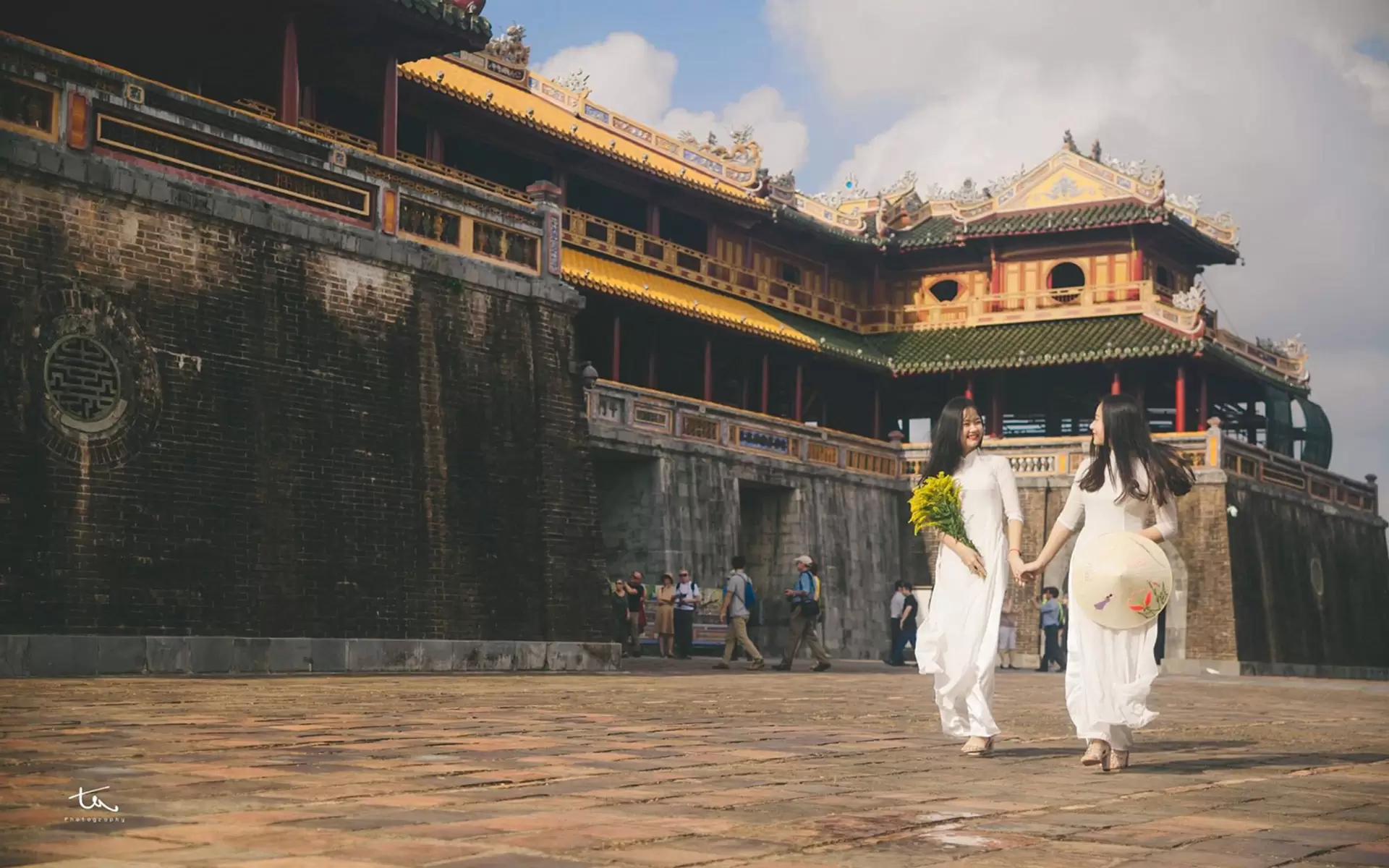
The Timeless Elegance of Áo Dài Việt Nam

Traveling to Thailand: Navigating the Weather and Essential Preparations

Traditional Festivals in Cambodia: A Window into Culture and Spiritual Heritage

Exploring the Weather in Laos: What to Expect and How to Prepare

A Comprehensive Guide to Vietnam’s Weather and Travel Preparation

Exploring the Heart of Laos: A Journey Through Culture, Nature, and Heritage

Unveiling the Hidden Gems of Laos: A Journey Off the Beaten Path

A Guide to Transportation in Cambodia: Navigating the Kingdom of Wonder

Seasonal Guide to Cambodia: When to Go for the Best Experience

Exploring Transportation Options in Thailand: Your Ultimate Guide

Visa And Entry Requirements For Traveling Thailand

Transportation in Vietnam: A Comprehensive Guide

Visa And Entry Requirements For Traveling To Vietnam

Best Time To Visit Viet Nam
Subscribe for Insights
Enjoy updates, inspiration, and travel tips sent right to your inbox


